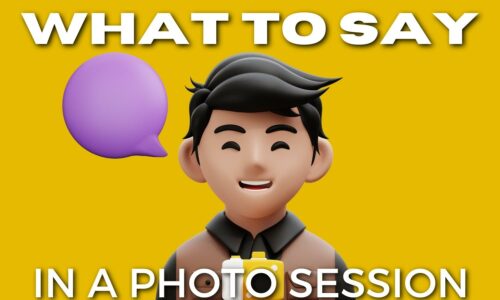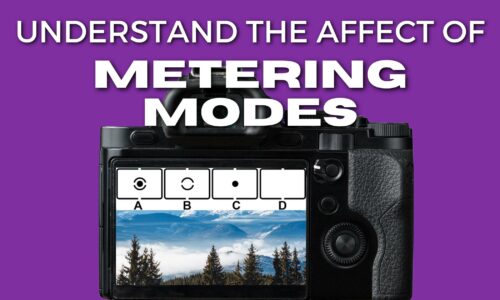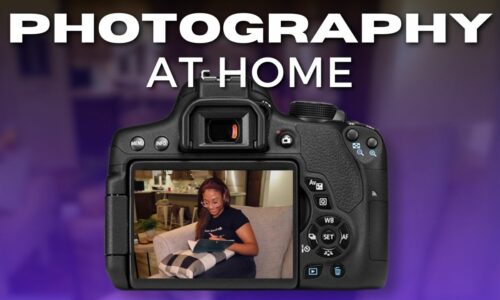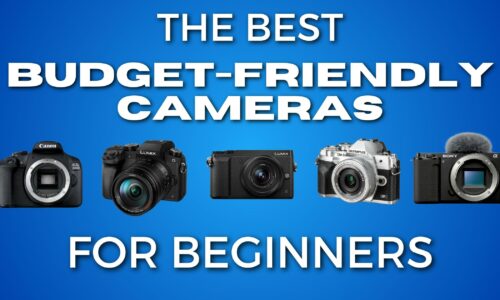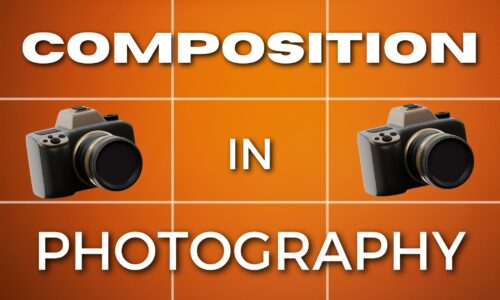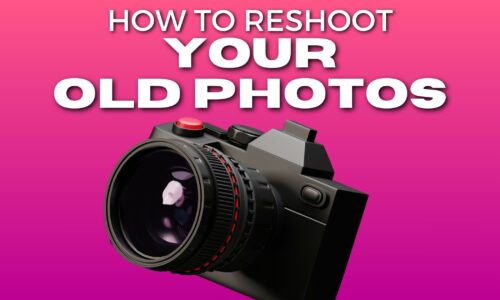How to Choose a Camera (Simple Buying Guide for Beginners)
So, you’ve decided to give photography a shot. Exciting, isn’t it?
But wait, you need a camera first!
I remember being exactly where you are now. Eager but overwhelmed by the choices. DSLR, Mirrorless, Compact… the list goes on.
I was clueless and didn’t know how to choose a camera.
But fear not! I’ve walked this path, and I can now help you choose a camera.
Imagine holding a camera that feels just right in your hands, taking photos you like with clarity and colors with ease. This isn’t just a dream. It’s 100% possible when you have the right camera!
So, let’s learn how to determine which camera to buy so you can feel confident about your choice.
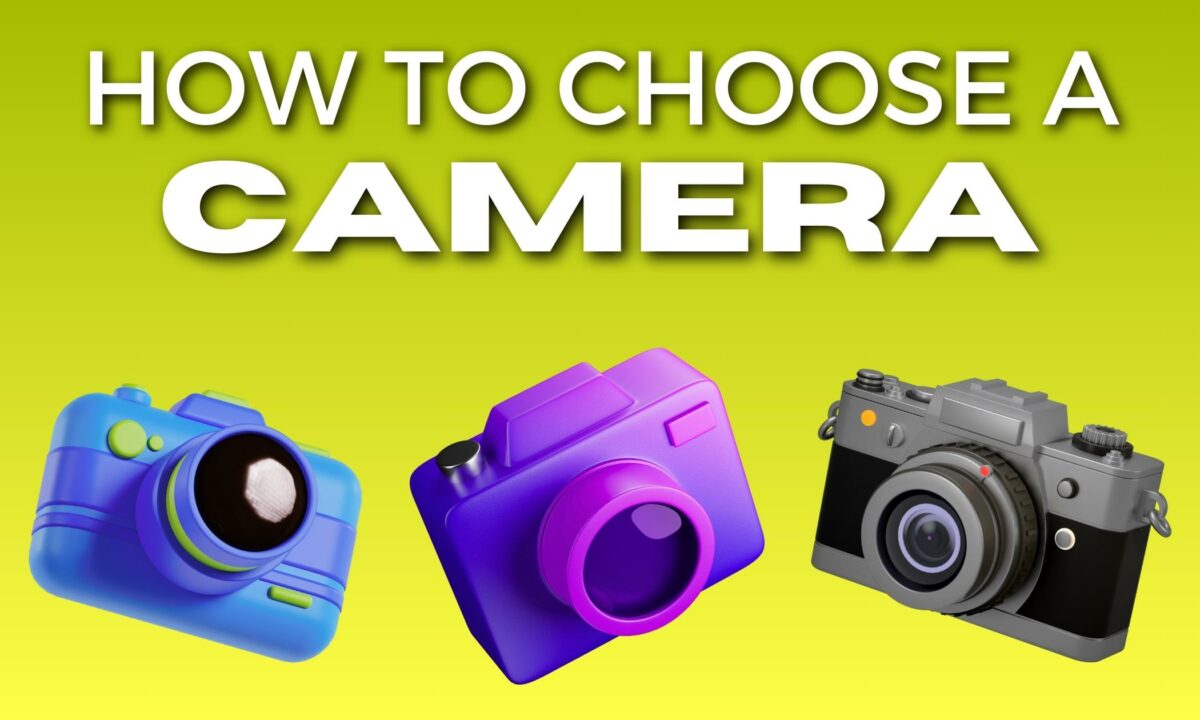
How to Choose a Camera in 8 Simple Steps
If you’re short on time, here’s a quick 8-step guide that’ll help you select a camera:
- Determine Your Needs: Before looking at cameras, think about what you want to photograph. Are you interested in landscapes, portraits, sports, or perhaps a bit of everything? This will influence the type of camera and lens you’ll need.
- Set a Budget: Decide how much you’re willing to spend. Cameras come in a wide range of prices, and setting a budget can help narrow down the options. Remember to account for accessories such as memory cards, a camera bag, and possibly additional lenses.
- Choose the Type of Camera: There are several types of cameras to consider:
- Point-and-Shoot Cameras: Compact and easy to use, they are ideal for casual shooting with limited manual settings.
- DSLR Cameras: Offer more advanced features and better image quality. They have interchangeable lenses and manual controls for greater creative freedom.
- Mirrorless Cameras: Similar to DSLRs in terms of image quality and lenses but are more compact due to the lack of a mirror system.
- Bridge Cameras: These are a middle ground between point-and-shoots and DSLRs with fixed lenses that offer a wide zoom range.
- Consider Megapixels: While megapixels are not the sole indicator of image quality, they are relevant when it comes to the resolution. Most modern cameras offer more than enough megapixels for typical use. For beginners, a camera with a 10-20 megapixel range is usually sufficient.
- Check the Ergonomics: How the camera feels in your hand is important. It should be comfortable to hold, and the controls should be accessible. Visit a store to handle a few models if possible.
- Look at the Lens Ecosystem: For interchangeable lens cameras, consider the variety and availability of lenses. Starting with a versatile kit lens, which covers a range of focal lengths, is often a good choice for beginners.
- Consider the Features: Look for features that align with your interests. If you’re into action photography, a fast autofocus system might be important. If you’re interested in video, look for a camera that offers high-quality video recording capabilities.
- Read Reviews: Whenever buying a camera, check out the reviews others have left. Another persons hands-on experience is the best way to evaluate the pros and cons of a certain camera.
And if you’d like some more detailed information to help make your purchasing decision easier, continue reading!
Understanding Camera Types
Let’s take a look at the different types of cameras you’ll find when shopping around.
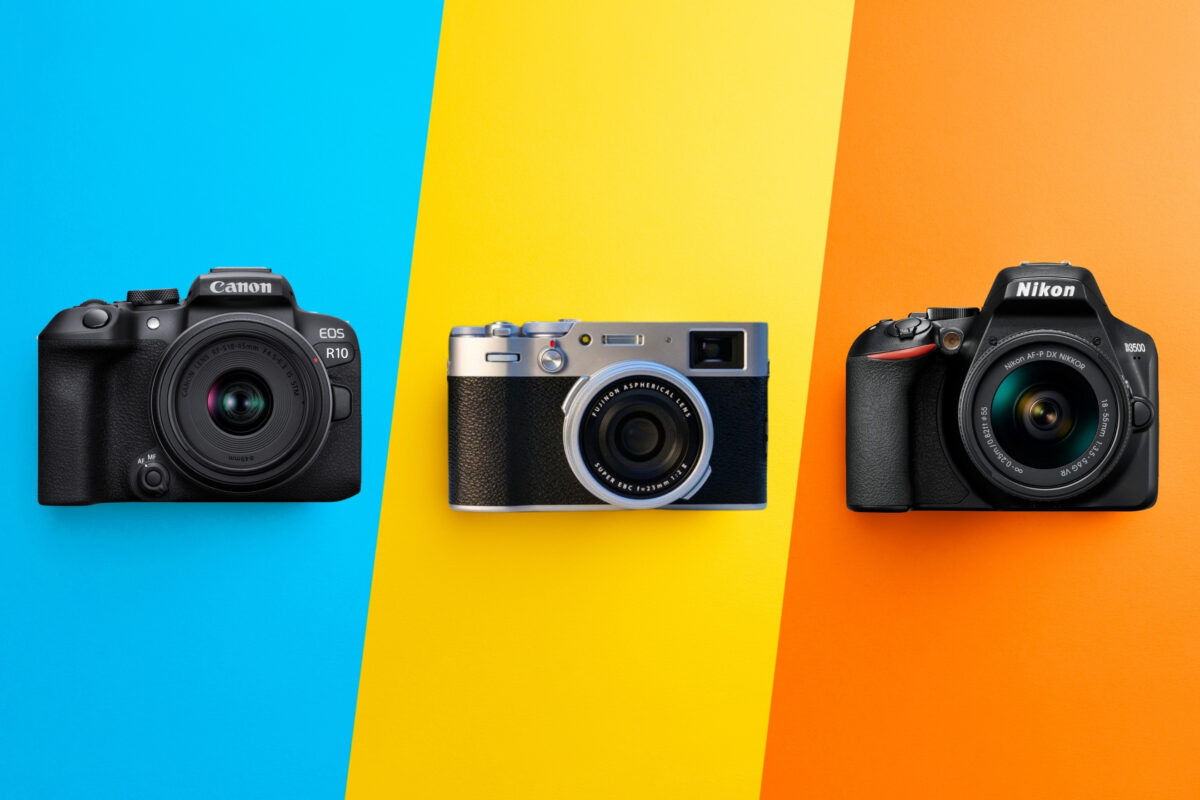
Point-and-Shoot Simplicity
Point-and-shoot cameras are as simple as they get. It’s like having a trusty sidekick.
They’re straightforward, light, and ideal for everyday photography. And with automatic modes, these cameras prioritize ease of use:
- Compact size: Easily fits in your pocket or bag.
- Automatic settings: Focuses and adjusts exposure for you.
- Fixed lens: No need to swap lenses; it’s ready to shoot right out of the box.
DSLR Versatility
Imagine a toolkit that can grow with you. That’s a DSLR camera.
There are a multitude of lens options and settings, and DSLRs offer:
- Interchangeable lenses: From wide-angle to telephoto, you choose the lens that matches your subject.
- Manual controls: You have the power to adjust settings such as shutter speed, aperture, and ISO.
- Optical viewfinder: See exactly what the lens sees in real-time.
The Mirrorless Revolution
Mirrorless cameras combine the best of both worlds. And it’s what I use every day in my photography. These cameras have:
- Compact Body: Smaller than DSLRs due to the absence of a mirror mechanism.
- Electronic Viewfinders: Get a digital preview of your image before you take it.
- Speed: Faster autofocus and shooting capabilities than most DSLRs.
Key Camera Specifications Explained
Before deciding what camera you should buy, understanding a camera’s specifications will make your purchasing decision easier.
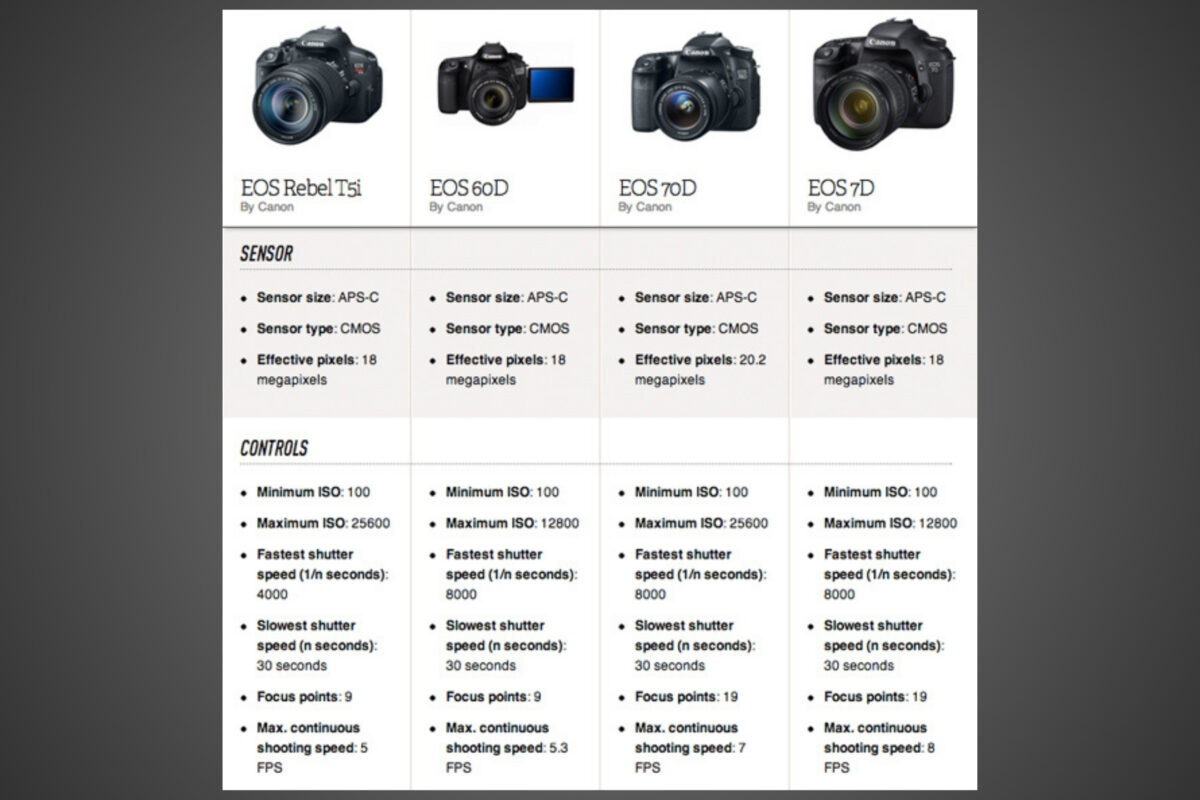
It’s like knowing the ingredients in a recipe and how each ingredient affects the final dish.
Megapixels and Image Quality
Megapixels (MP) matter when it comes to image quality.
A megapixel represents one million pixels, and the number of megapixels determines your photo’s resolution. Imagine megapixels as a mosaic.
The more tiny tiles you have, the more of a detailed picture you can create. But more isn’t always better.
A high MP count on a small sensor can lead to noise, especially at higher ISO ranges.
Sensor Size Significance
The size of the sensor inside your camera is like the canvas size for a painting.
A larger sensor tends to capture more light, which improves the image quality and reduces noise, enabling better performance in low-light conditions.
And larger sensors usually mean a better range and depth of field control, which leads to more visually appealing photographs.
Autofocus and Speed
Quick and accurate autofocus (AF) is important for capturing sharp images, especially in fast-paced situations.
The AF system uses various points or sensors to latch onto your subject. Paired with AF, a camera’s speed or burst rate—how many photos it can take consecutively in a second—is pretty much mandatory for action shots.
Because a higher burst rate increases your chances of nailing a perfect photo in seconds.
An Explanation of Camera Features for Beginners
When you’re new to photography, the features of your first camera can feel overwhelming. So you what each feature means and how it affects your photography.
Viewfinders: Optical vs. Electronic
Your camera’s viewfinder is your window to the world. It’s how you’ll frame and plan each shot.
Optical viewfinders (OVF), found on DSLRs, give you a true-to-eye view, working well in bright conditions. But, they might not show exposure changes in real time.
In contrast, electronic viewfinders (EVF), common on Mirrorless cameras, provide a digital preview of your image, including exposure adjustments.
This is very helpful for beginners to predict how the photo will look before they take it.
- Optical Viewfinder
- Real-time, optical image
- Performs well in bright light
- Electronic Viewfinder
- Shows digital preview
- Displays real-time exposure changes
Understanding ISO and Exposure
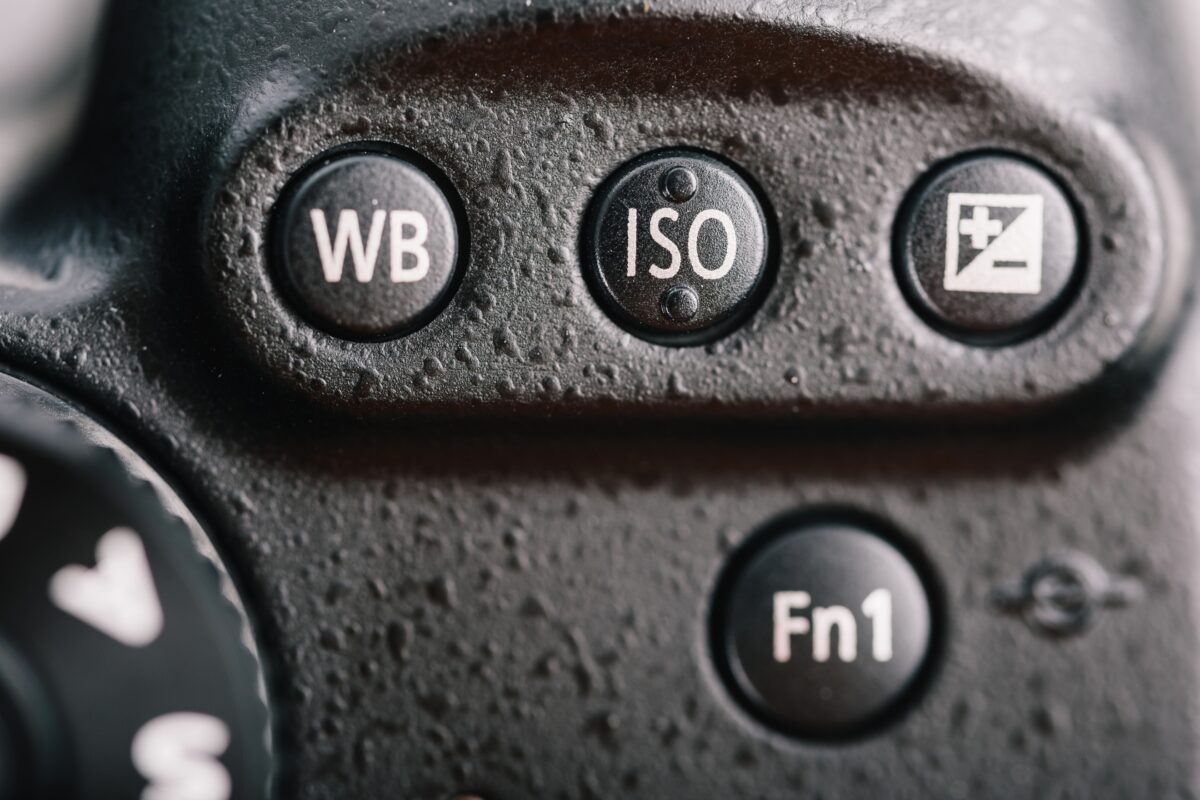
Think of ISO as your camera’s sensitivity to light.
A lower ISO number means less sensitivity, ideal for bright, sunny days. Hit a dark environment? A higher ISO can brighten up your scene.
But don’t crank it up too high, as you might introduce noise (graininess) to your photo. So, when starting out, you want a camera with a broad ISO range that offers flexibility as you explore different lighting situations.
- ISO Tips for Beginners:
- Use lower ISO for bright conditions
- Increase ISO carefully in darker settings
- Observe noise levels at high ISO settings
The Importance of Image Stabilization
Shaky hands? No tripod? No problem.
Image stabilization is your friend. It counteracts hand movements that can blur your photos, especially in low light or at longer zooms.
You might find cameras with lens stabilization or, even better, in-body image stabilization (IBIS), where the camera itself smoothens out the shakes.
IBIS means getting clear shots more often because it works with any lens you decide to use.
- Image Stabilization Features
- Lens stabilization: Lessens blur from minor hand movements
- In-body image stabilization (IBIS): Works with all lenses to prevent blurry images
I love having these features and when starting out and deciding how to choose a camera, so should you.
How to Budget for Your First Camera
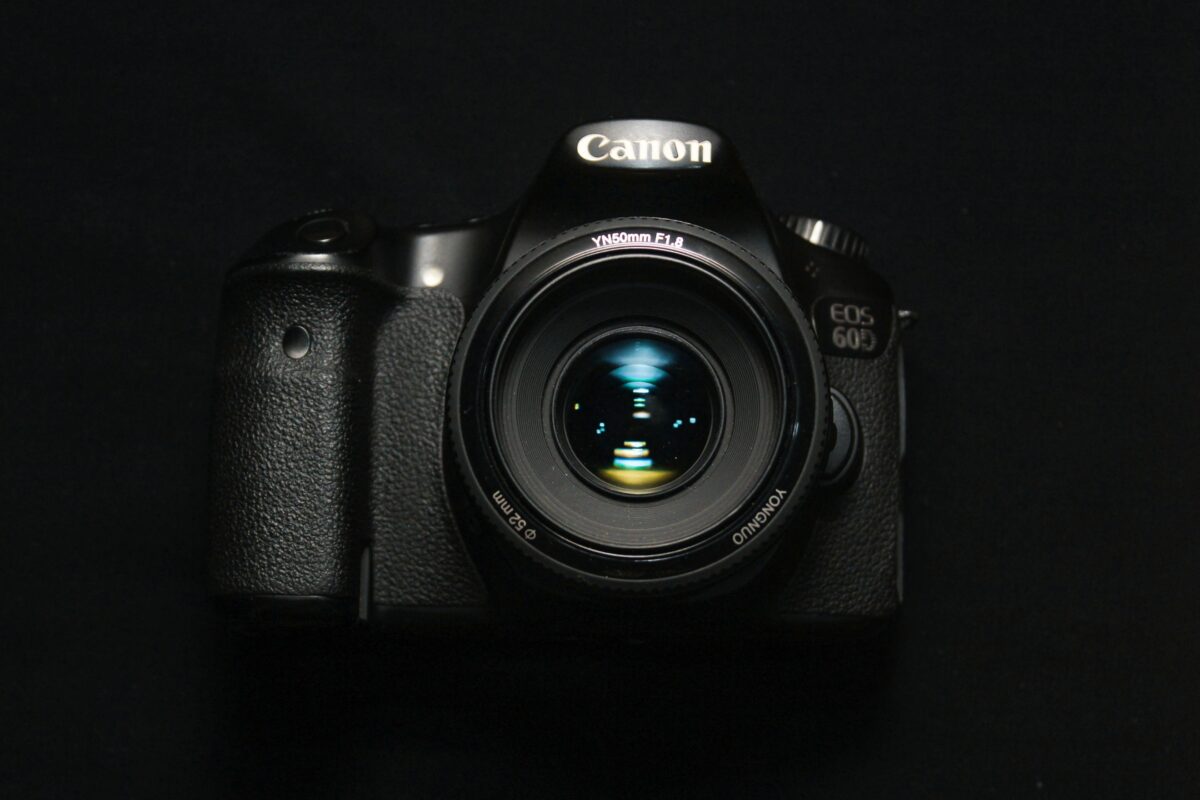
When choosing a camera, you have to balance your excitement with a realistic budget.
Because it’s not as simple as buying a camera.
Nope. You’re going to be buying a whole lot more like lenses and accessories. And there are an assortment of other expenses that’ll accompany your purchase.
Assessing the Price Point
Initially, you’ll need to determine how much you’re able and willing to spend on a camera.
This isn’t a decision to make on the spur of the moment. Think of it as an investment in a new hobby or potential career. Camera prices can range from under $100 to well over $2000.
To find a good value, consider what type of photography you want to pursue.
For example, if you’re into landscape photos, you might prioritize a camera with a broad dynamic range, while for sports, a fast autofocus might be key.
- Entry-level point-and-shoot cameras: $100-$300
- Mid-range cameras: $400-$800
- Entry-level DSLRs and mirrorless cameras: $500-$1000
Aim for the best lens quality that fits within your budget. Because the quality of your photos depends heavily on the lens and not just your camera.
Factor in Future Costs
Your initial camera purchase is the beginning. As you grow in photography, so will your need for additional equipment. And here are a few you’ll want to keep in mind:
- Accessories: Tripods, camera bags, and cleaning kits are some essentials you’ll need to factor in your budget.
- Lenses: Over time, you might want to expand your range with different lenses. Quality lenses come at a price, often more expensive than the camera body itself.
- Memory Cards: You’ll need these to store your photographs. High-quality cards mean faster read and write speeds.
A rough cost breakdown to give you an idea:
| Future Expenses | Approximate Cost Range |
|---|---|
| Camera Accessories | $50 – $200 |
| Additional Lenses | $100 – $2000 (depending on quality) |
| Memory Cards | $20 – $200 (based on storage size) |
When you’re starting, it might be wise to allocate around 70-80% of your total budget to the camera, leaving a cushion for other necessary items.
That way, you don’t miss out on taking a photo because you had to skimp on a memory card or an extra battery.
Lenses and Other Accessories to Consider
Now, let’s talk about your options for that first lens and other accessories that’ll complement your brand-spanking new camera!
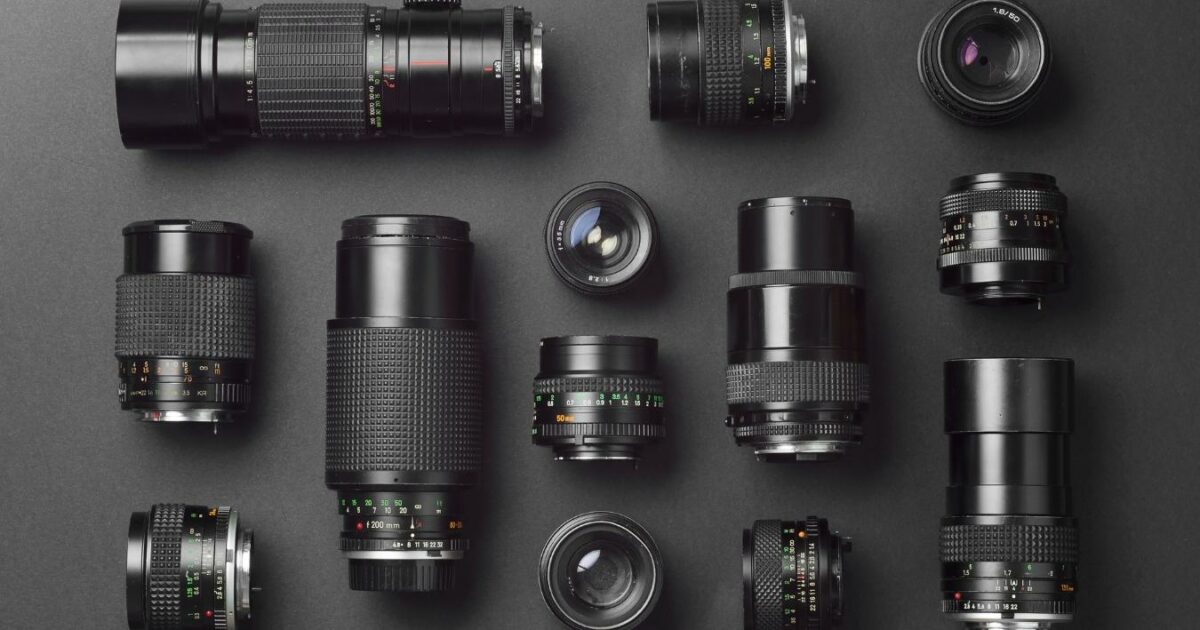
Choosing Your First Lens
Your first lens is the next big buying decision you’ll make. It shapes the photographs you capture.
Interchangeable lenses provide flexibility, but for beginners, it is important to find a balance between quality, versatility, and cost.
Consider these two popular types of lenses to kickstart your collection:
- Prime Lenses: Fixed focal length, known for their sharpness and larger apertures which are ideal for low light situations and beautiful background blur. I recommend going with a 50mm.
- Zoom Lenses: Offer a range of focal lengths, providing versatility without the need to change lenses often. For instance, a typical starter zoom lens might be an 18-55mm lens which covers wide-angle to short telephoto ranges.
Great Camera Accessories for Beginners
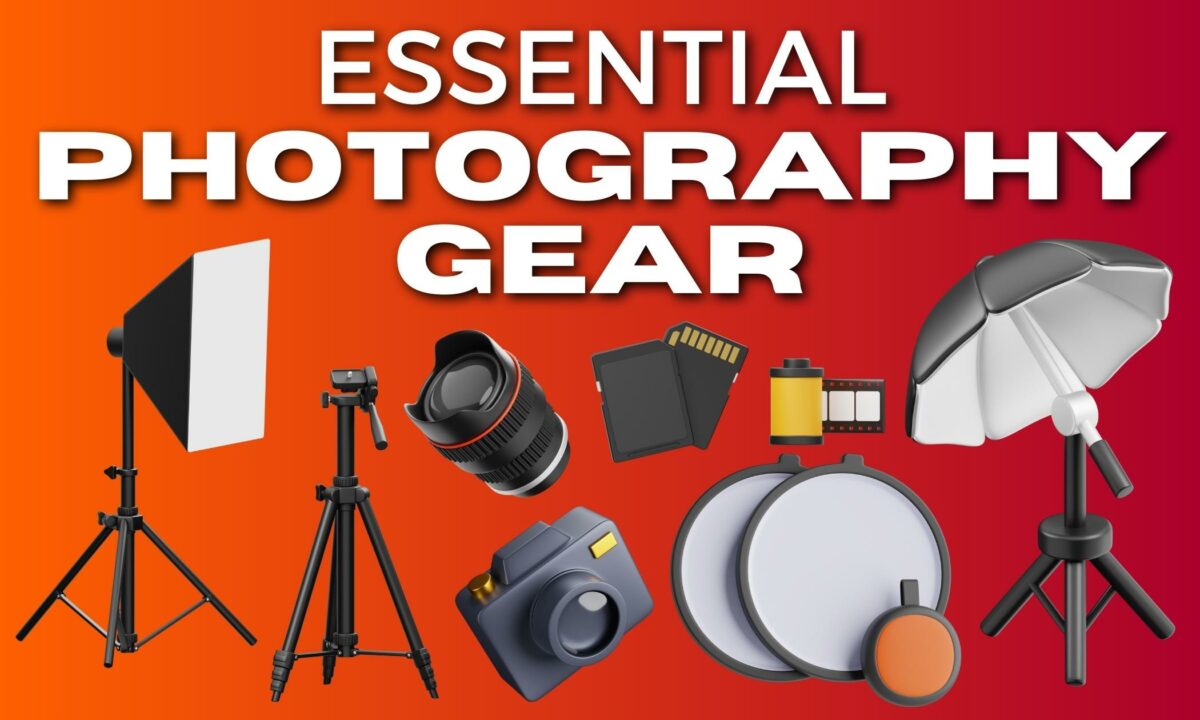
A lens alone won’t cover all your photographic needs.
Several accessories can help you get the most out of your camera. Here are a few that I consider essentials:
- Tripod: For stability during long exposures or to ensure sharp images in various conditions.
- Camera Case: Protect your camera and lens from the elements and during transportation.
- Lens Cleaning Kit: Your lenses need to be spotless. A clean lens ensures clear images.
- Memory Cards: Having extra memory cards means never missing a shot because you ran out of space.
By investing wisely in your first lens and these additional accessories, you’ll be well-equipped as a new photographer.
The Importance of Ergonomics and Design
When selecting your first camera, I’d consider how it feels in your hands and if its design will fit your shooting style. So, here’s what I look for:
Handling and Form Factor
Imagine holding a camera for several hours.
How it sits in your hands is matters a lot. Especially if you’re going to be shooting for hours at a wedding or another event. Ergonomics refers to the camera’s shape and how comfortably it fits as you grasp it.
A camera with a contoured grip will often reduce the strain on your fingers and wrist, allowing for a more enjoyable and extended photoshoot experience.
Also, some cameras offer an articulating touchscreen, which can tilt and swivel, making it easier to shoot from various angles without straining your neck or shoulders.
Camera Size and Weight
If you love a good adventure and plan on traveling a lot, you’ll need a camera that can do what you need without weighing you down.
That’s where size and weight come into play.
A smaller, lightweight camera is portable. And it lets you explore and shoot without the burden of heavy gear. But, very light cameras might not have the same stability in hand as a slightly heavier model.
So, ideally, you’re looking for a camera that feels like the perfect travel companion—easy to carry but steady in your palms.
- Small & Light Cameras: Ideal for high mobility
- Larger Cameras: Might offer better grip and stability
Each camera’s design, from its form factor to the presence of an articulating touchscreen, impacts not only your comfort but also the joy and ease of taking photos.
A Final Word on “Which Camera Should I Buy”
Okay, you’ve stuck with me this far and now have a better understanding of how to choose a camera. But if you’re still stuck, here’s what I recommend.
Conduct Thorough Research
Begin with the end in mind.
What exactly do you want to take photos of as a new photographer?
Is it the busyness of life in a city? A beautiful wedding? The peacefulness of nature? Or the priceless smiles in portrait photography?
Once you know what you’ll be photographing, choosing a camera is not that hard.
You should use research as your roadmap. Look at one of the best cameras on the market for beginners like the Nikon D3500. It’s renowned for its user-friendly Guide Mode or the compact and versatile Fujifilm X-T30 II.
If vlogging is your thing, check out the Sony ZV-E10. It might be your best bet with its excellent video features.
Also, compare specs when choosing a camera, as I said above, such as resolution, sensor size, and compatibility with different lenses.
And for a stylish touch with leading-edge technology, the Nikon Zfc mirrors the classic design with modern digital internals.
Read Reviews and Ask for Recommendations
The experiences of others who’ve used the camera you’re checking out can help you make a decision. Look for reviews on platforms such as Amazon and B&H, where real users share insights into performance and reliability.
And don’t be shy to join photography communities. Other professionals are often more than willing to share what worked for them and what they currently use.
No question is too small, and the advice you get could help you avoid common problems. But I think you have all the information you currently need to shop with confidence.
And one final thing, the best camera is not the most expensive or most advanced. It’s the one that feels like an extension of you.
Frequently Asked Questions
What are the key features to look for in a beginner’s digital camera?
When stepping into photography, you want a digital camera that feels like a friendly companion. Look for one that boasts a user-friendly interface, manual modes to grow with, image stabilization, and a decent sensor size for clearer images.
Which is better for beginners: a DSLR or a Mirrorless camera?
Think of a DSLR as a trusty old car—it’s bulky but reliable. On the other hand, a mirrorless camera is like a sleek new electric vehicle—compact, quieter, and often with modern features. Both can reach the same destinations; your choice depends on comfort and the experience you’re after.
How much should I budget for a decent starter camera for photography?
Setting a budget for a camera is like planning a vacation—you need to cover all the essentials. Aim for a range between $500 to $1000, considering you might also need accessories like lenses, a memory card, and a bag to complete your photography kit.
How does one determine the best camera type for their needs as a beginner?
Consider what you want to capture, like choosing your travel destinations. Do landscapes intrigue you, or are you more of a portrait enthusiast? Different cameras cater to different interests, so aligning your goals with the camera’s strengths is key to a satisfying start.
